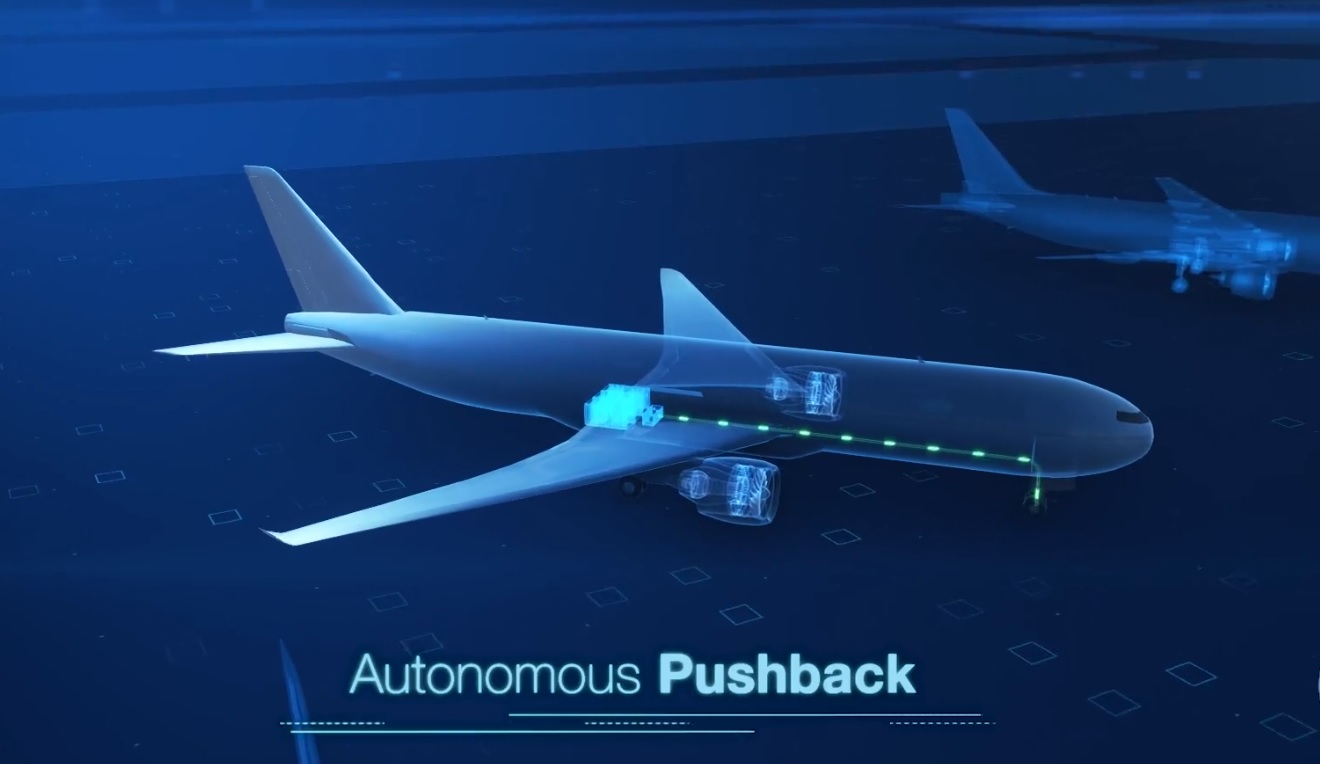Tech
What role will electric planes play in the future of aviation?

By lowering pollution and operating expenses, electric aircraft have the potential to revolutionise the aviation sector. But before electric aircraft can become a regular sight in the skies, there are still a number of issues that must be resolved.
The development of batteries with adequate power to give enough range for commercial flights is one of the major problems. Despite recent major advancements in battery technology, long-haul flights still demand an energy density that is not currently provided by batteries.
Creating the infrastructure needed to support electric aircraft is another difficulty. In order to allow planes to recharge their batteries, charging stations will need to be constructed at airports and along flight paths. Infrastructure upgrades will be necessary, and they could take some time to complete.
Despite these difficulties, numerous businesses are already working on and testing electric aircraft. Electric aircraft are most likely to be employed in the near future for short-haul travel, where they may significantly reduce emissions and save money. It’s likely that electric aircraft will someday be used for longer trips as battery technology advances.
Ultimately, despite the fact that there are still a number of issues to be resolved, electric aircraft have the potential to play a significant role in the development of aviation by lowering operating costs and emissions.







